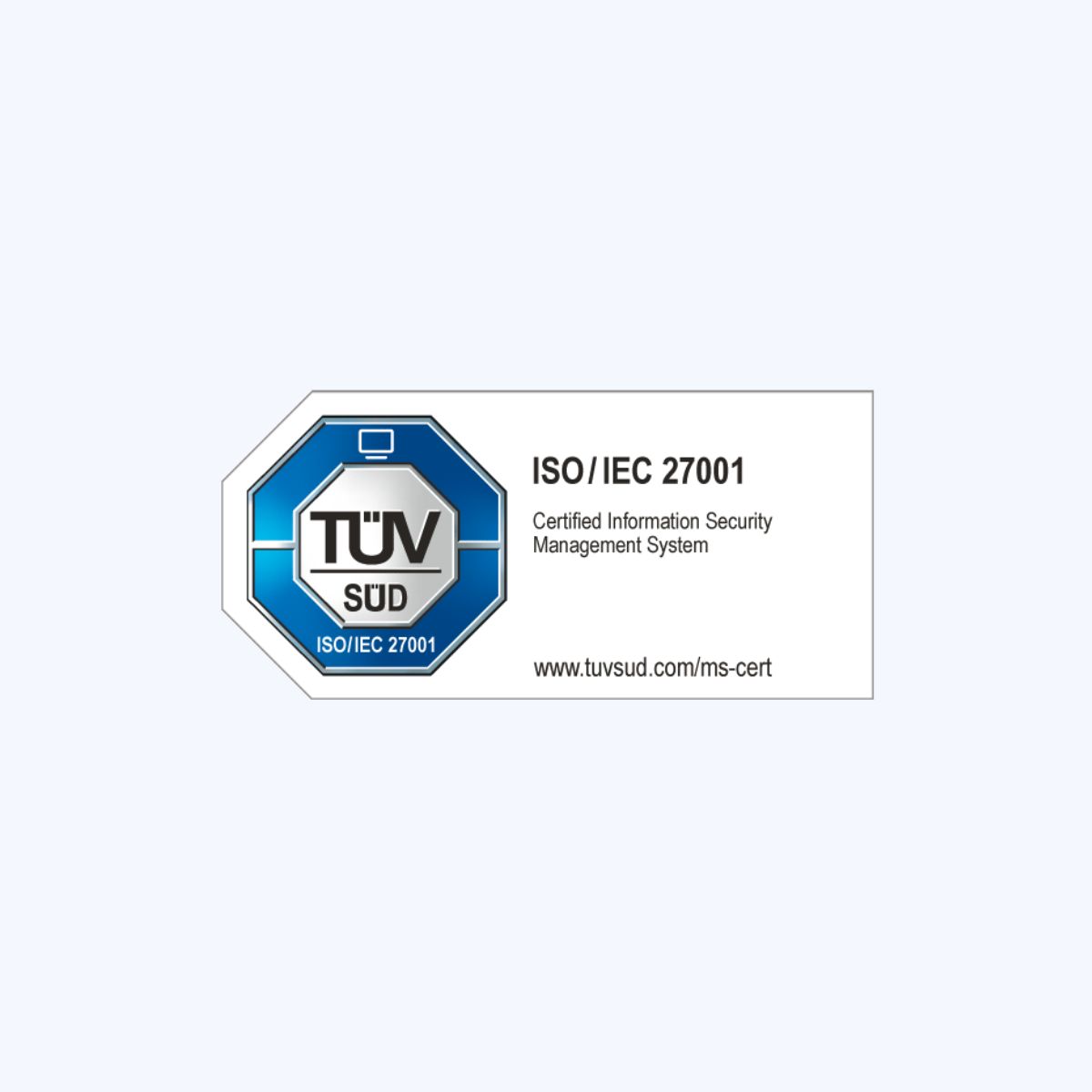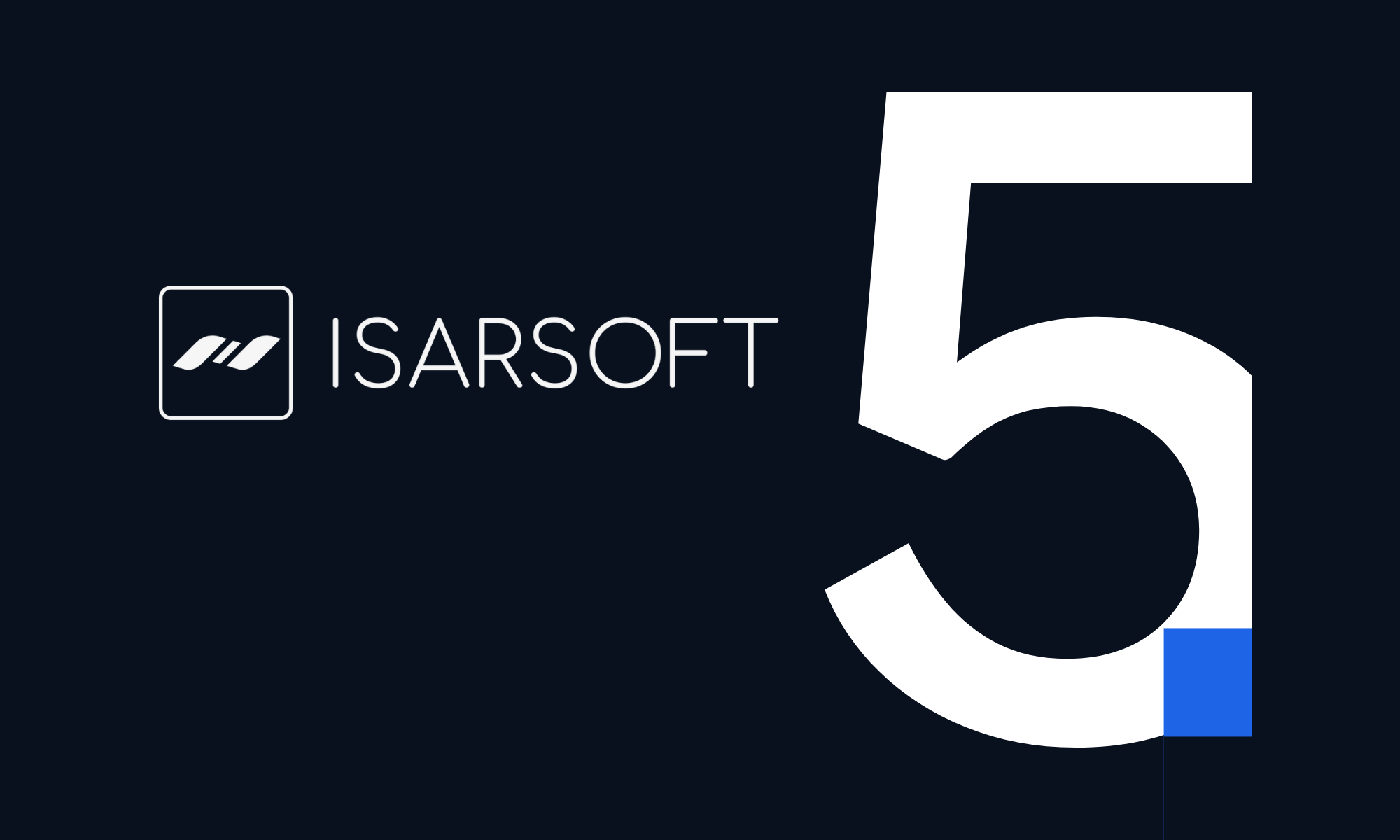How Heatmaps in Video Analytics Visualize Movement Patterns and Optimize Processes
In today's data-driven world, it is essential for businesses and cities to understand movement patterns and make informed decisions. One of the most powerful methods for achieving this is heatmaps in video analytics. But what exactly are heatmaps, how do they work, and what benefits do they offer?
Published
March 25, 2025

What are Heatmaps?
Heatmaps are graphical representations that visualize data through colors. In video analytics, heatmaps are used to depict movement patterns, dwell time, and human or vehicle traffic within a specific area. They indicate where people or vehicles gather most frequently (hot zones) and which areas are less frequented (cold zones). The data is often collected in real time or over a set period to provide meaningful insights into human or vehicle behavior.
Types of Heatmaps in Video Analytics
- Position Map - This heatmap shows the most frequently visited locations of people or objects in a given environment. It helps identify areas with high foot traffic.
- Path Map - This type visualizes the movement paths of people or vehicles. It helps recognize preferred routes and optimize infrastructure or wayfinding.
- Dwell Time Map - This heatmap illustrates how long individuals remain in specific locations. It is commonly used in retail stores or public spaces to analyze customer dwell times.
- Velocity Map - This map displays movement speed within the monitored area. It is particularly useful for traffic analysis or detecting unusual behaviors such as sudden stops or rapid direction changes.
Color Scale of a Heatmap
- Red/ Yellow: High activity (hot zone)
- Green/ Blue: Low activity (cold zone)
This intuitive visualization enables quick and effective analysis of complex data. Businesses, urban planners, and security experts can leverage these insights to optimize traffic flow, enhance security, and improve operational efficiency.
.avif)
How do Heatmaps Work in Video Analytics?
Heatmap technology is based on AI-powered video analytics that capture and evaluate movement patterns in real time using advanced algorithms. Several processes take place to transform video data into usable heatmaps.
Technical Process
- Video Data Collection: Modern surveillance cameras or IoT devices continuously capture images or video streams, which are then processed by AI software. These cameras are strategically placed in key locations such as train stations, shopping centers, or transportation hubs to gather valuable data.
- Object Detection and Tracking: Special algorithms analyze video data and recognize different objects, such as people, vehicles, or other moving elements. Advanced deep learning technologies classify and track objects without storing personal data. This continuous tracking enables accurate analysis of movement patterns over a defined period.
- Data Processing and Heatmap Generation: Once movement data is collected, it is stored in a database and converted into a visual representation using algorithms. The software calculates how often and for how long objects stay in specific areas. This is done by accumulating movement data, with frequently used zones highlighted in color. The resulting heatmap then displays areas of high and low activity.
- Real-Time Analysis and Long-Term Trends: Generated heatmaps can be analyzed in real time or stored for long-term trend analysis. This enables businesses and cities to continuously optimize infrastructure—for example, by analyzing peak times in public transport or mitigating congestion in pedestrian zones.
Applications of Heatmaps
Heatmaps have a wide range of applications accross various industries. Here are some key use cases:
Retail and Shopping-Malls
In retail, heatmaps are a valuable tool for understanding customer behavior. By analyzing movement patterns within a store, retailers can identify high-traffic areas. A Position Map shows where customers spend the most time, while a Path Map visualizes preferred walking routes. This information can optimize product placement, reduce bottlenecks, and improve checkout efficiency. A Dwell Time Map can also provide insights into how long customers stay in certain zones, supporting targeted marketing efforts.
%20(525%20x%20300%20px).avif)
Public Transport and Train Stations
In transportation hubs such as train stations, airports and bus terminals, heatmaps are essential for optimizing passenger flow. A Velocity Map can identify areas with frequent speed changes, indicating obstacles or delays. Path Maps help visualize commonly used routes within a station, allowing planners to detect and address bottlenecks. These insights enable transport authorities to enhance infrastructure, such as adjusting waiting zones or improving passenger information distribution.
%20(525%20x%20300%20px).avif)
Urban Planning and Smart Cities
Heatmaps play a crucial role in urban planning by analyzing interactions between pedestrians, cyclists and vehicles. A Position Map highlights areas with high activity while a Path Map provides insights into movement patterns on streets and public spaces. These data-driven insights allow city planners to adjust traffic light timing, improve pedestrian walkways or designate new parking areas. Additionally, Dwell Time Maps can help optimize public spaces such as parks and plazas.
%20(525%20x%20300%20px)%20(1).avif)
Security and Crowd Management
For large events or high-density areas like stadiums and concerts, heatmaps are essential tools for crowd management. A Dwell Time Map can identify locations where large groups remain for extended periods, highlighting potential safety risks. A Velocity Map can detect sudden movement changes, which may indicate panic situations. Security teams can use these insights to respond quickly and implement measures to control crowd movement.
%20(525%20x%20300%20px)%20(2).avif)
Benefits of Heatmaps in Video Analytics
The use of heatmaps offers numerous advantages. They provide a simple way to visualize complex data by displaying movement patterns in a color-coded format, making it easy to identify areas of high or low activity at a glance. This helps businesses and organizations allocate resources more effectively and plan staff deployment efficiently, as bottlenecks can be detected early. Additionally, heatmaps provide a solid decision-making foundation for businesses and cities by enabling data-driven analyses that support well-informed actions. By precisely managing the flow of people, security risk can be minimized and congestion can be reduced, particularly in public spaces, large events or transportation hubs. The customer experience is also enhanced by reducing waiting times at ceckouts or crowded areas, ultimately leading to increase revenue. Therefore, heatmaps are a valuable tool for optimizing operations while simultaneously improving customer and user satisfaction.
Conclusion
Heatmaps are an essential tool for businesses, cities and transportation authorities. They make movement patterns visible, identify congestion points, and optimize processes. Thanks to modern AI technologies, they provide an intuitive way to make data-driven decisions and enhance efficiency in numerous areas.



